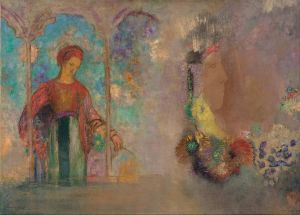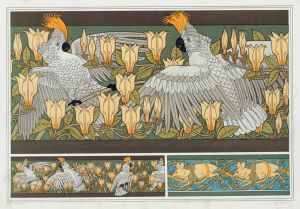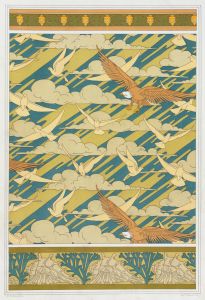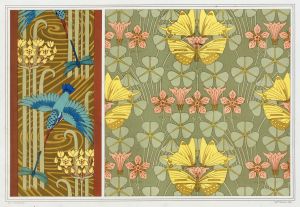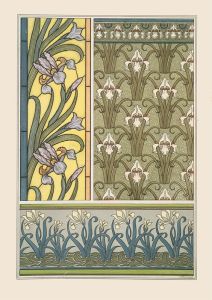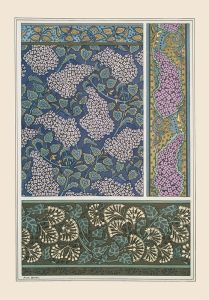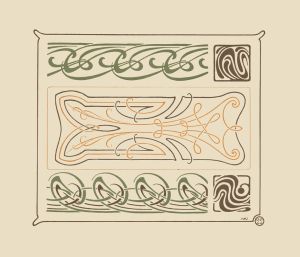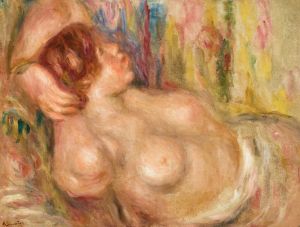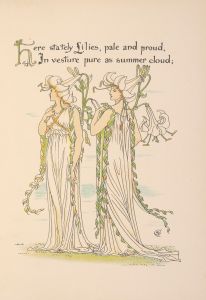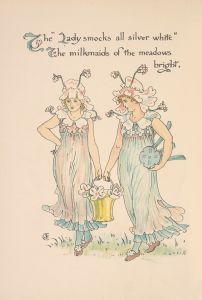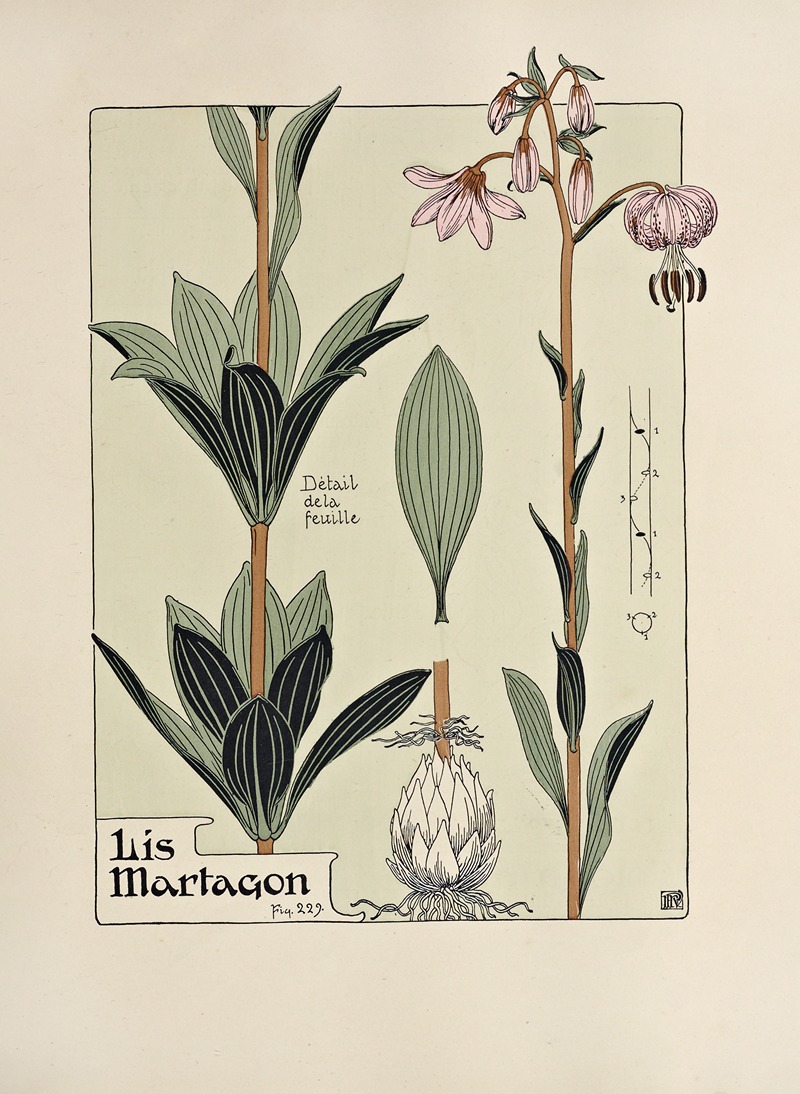
Lis Martagon
A hand-painted replica of Maurice Pillard Verneuil’s masterpiece Lis Martagon, meticulously crafted by professional artists to capture the true essence of the original. Each piece is created with museum-quality canvas and rare mineral pigments, carefully painted by experienced artists with delicate brushstrokes and rich, layered colors to perfectly recreate the texture of the original artwork. Unlike machine-printed reproductions, this hand-painted version brings the painting to life, infused with the artist’s emotions and skill in every stroke. Whether for personal collection or home decoration, it instantly elevates the artistic atmosphere of any space.
Maurice Pillard Verneuil was a prominent French artist and designer known for his contributions to the Art Nouveau movement during the late 19th and early 20th centuries. His work often featured intricate patterns and natural motifs, drawing inspiration from the organic forms found in nature. One of his notable works is "Lis Martagon," which exemplifies his distinctive style and artistic philosophy.
"Lis Martagon" is a piece that showcases Verneuil's fascination with botanical subjects, a common theme in Art Nouveau. The title refers to the Martagon lily, a species of lily known for its distinctive, recurved petals and spotted appearance. This flower, native to parts of Europe and Asia, has been admired for its beauty and unique form, making it a fitting subject for an artist like Verneuil, who sought to capture the elegance and complexity of natural forms.
In "Lis Martagon," Verneuil employs a combination of line work and color to highlight the graceful curves and intricate details of the lily. The composition likely features the flower in a stylized manner, emphasizing its natural symmetry and the fluidity of its petals. This approach is characteristic of Verneuil's work, where he often abstracted natural forms to create decorative patterns that were both aesthetically pleasing and reflective of the Art Nouveau ethos.
Verneuil's use of color in "Lis Martagon" would have been deliberate and harmonious, as color played a crucial role in the Art Nouveau movement. Artists of this period often used color to evoke emotion and to complement the flowing lines and organic shapes that defined the style. While specific details about the color palette used in "Lis Martagon" are not widely documented, it can be inferred that Verneuil employed a palette that enhanced the natural beauty of the Martagon lily, possibly incorporating soft pastels or vibrant hues to capture the essence of the flower.
The influence of Japanese art, particularly ukiyo-e prints, is evident in Verneuil's work, including "Lis Martagon." The Art Nouveau movement was significantly inspired by the simplicity, flatness, and stylization found in Japanese art, and Verneuil was no exception. His designs often reflect this influence through their emphasis on line and form, as well as their integration of decorative elements that serve both aesthetic and functional purposes.
"Lis Martagon" is a testament to Maurice Pillard Verneuil's skill as an artist and his ability to translate the beauty of the natural world into a decorative art form. His work continues to be appreciated for its contribution to the Art Nouveau movement and its enduring appeal. While specific exhibitions or collections featuring "Lis Martagon" are not extensively documented, Verneuil's work remains influential, and pieces like "Lis Martagon" are celebrated for their artistic innovation and timeless beauty.
Overall, "Lis Martagon" exemplifies the core principles of Art Nouveau, with its focus on natural forms, harmonious design, and the seamless integration of art into everyday life. Maurice Pillard Verneuil's legacy as an artist is cemented through works like this, which continue to inspire and captivate audiences with their elegance and intricate detail.





